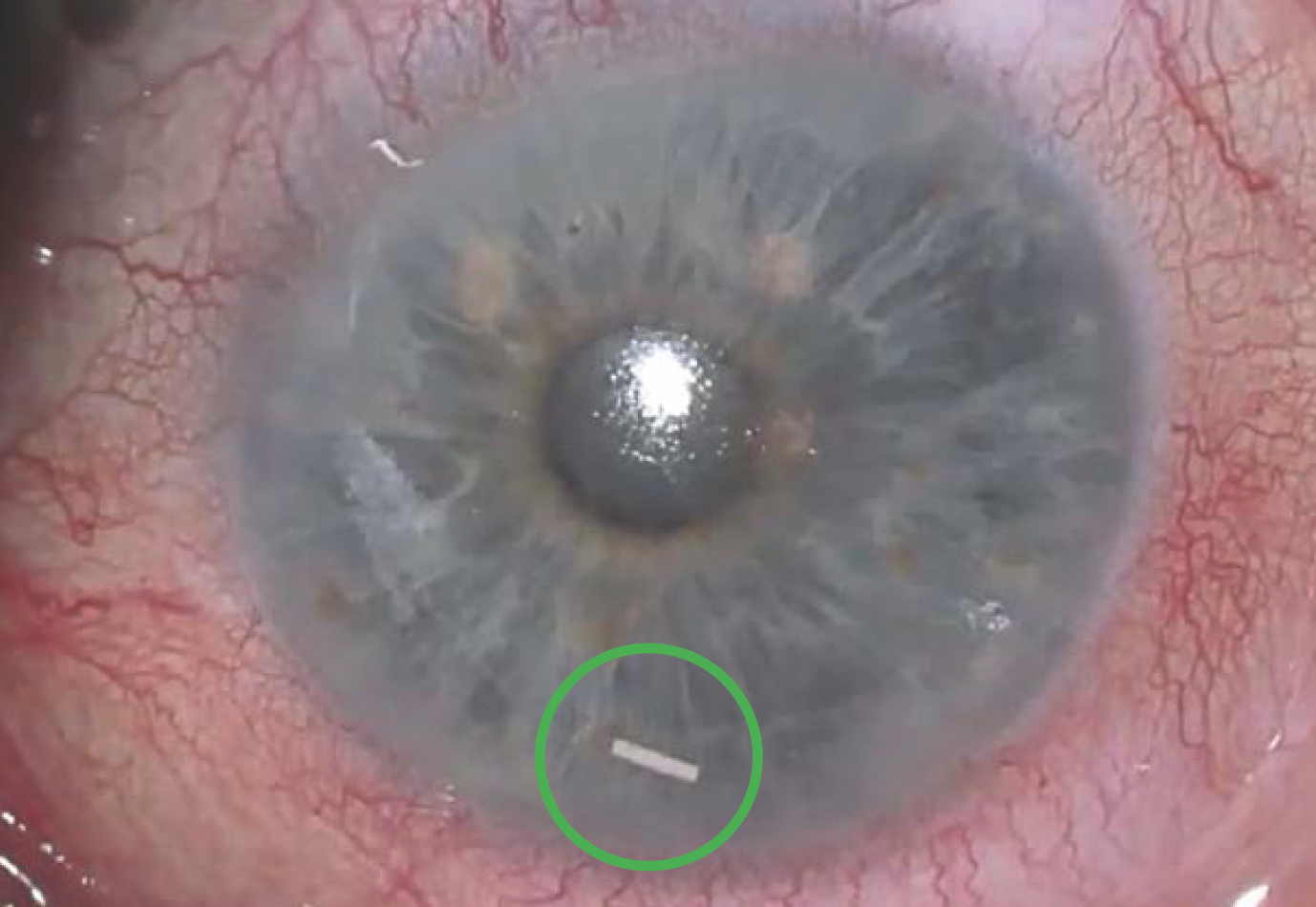 |
| This study’s design included longer follow-up (up to one year) after single Durysta implant administration than in the Phase III ARTEMIS studies. Click image to enlarge. |
Topical prostaglandin analogs/prostamides, including bimatoprost, have been shown to effectively lower IOP within a day but, as with all topical meds, patient adherence is difficult long-term. Durysta (Allergan) is a biodegradable 10µg bimatoprost implant used to lower IOP in patients with open-angle glaucoma or ocular hypertension. A recent study, sponsored by Allergan, published in Ophthalmology Glaucoma showed that the bimatoprost implant lowered IOP from baseline consistently through both the day and night at eight weeks after administration. Fluctuation in IOP over 24 hours was also reduced from baseline at eight weeks after implant administration.
Participants (n=31) received Durysta in the study eye on day one. Habitual position IOP fluctuation was evaluated using the range of values for each participant collected from a sleep lab visit during the diurnal/wake period (8am to 10pm), the nocturnal/sleep period (12am to 6am) and the entire 24-hour period (8am to 6am). IOP was measured by Goldmann applanation tonometry at baseline (8am ± one hour), weeks eight and 16 and months six, nine and 12.
The sleep lab IOP measurements taken over 24 hours showed consistent IOP lowering through the day and night and reduced fluctuation in IOP; the range in IOP measurements over 24 hours was reduced from baseline by a mean of -1.6mm Hg.
All 31 bimatoprost implant-treated participants completed the 12-month study; 23 (74%) required no rescue IOP-lowering treatment. Mean IOP reduction from baseline at month 12 in non-rescued eyes was -4.3mm Hg. The most common treatment-emergent adverse event was conjunctival hyperemia (incidence: 35.5%, 11/31). No implant-treated eye had a ≥15% loss in central corneal endothelial cell density from baseline.
The IOP measurements at the sleep lab and office visits differed, but both pneumotonometry (at the sleep lab visits) and Goldmann applanation tonometry (at the office visits) demonstrated IOP lowering at 8am during week eight in Durysta-treated study eyes.
“The bimatoprost implant demonstrated a favorable safety profile in assessments through one year after single administration,” the researchers wrote in their paper. “Further, the majority of patients had sustained IOP lowering and required no additional IOP-lowering treatment in the study eye throughout the 12-month study.”
Weinreb RN, Christie WC, Medeiros FA, et al. Single administration of bimatoprost implant: effects on 24-hour intraocular pressure and one-year outcomes. Ophthalmol Glaucoma. June 19, 2023. [Epub ahead of print]. |

